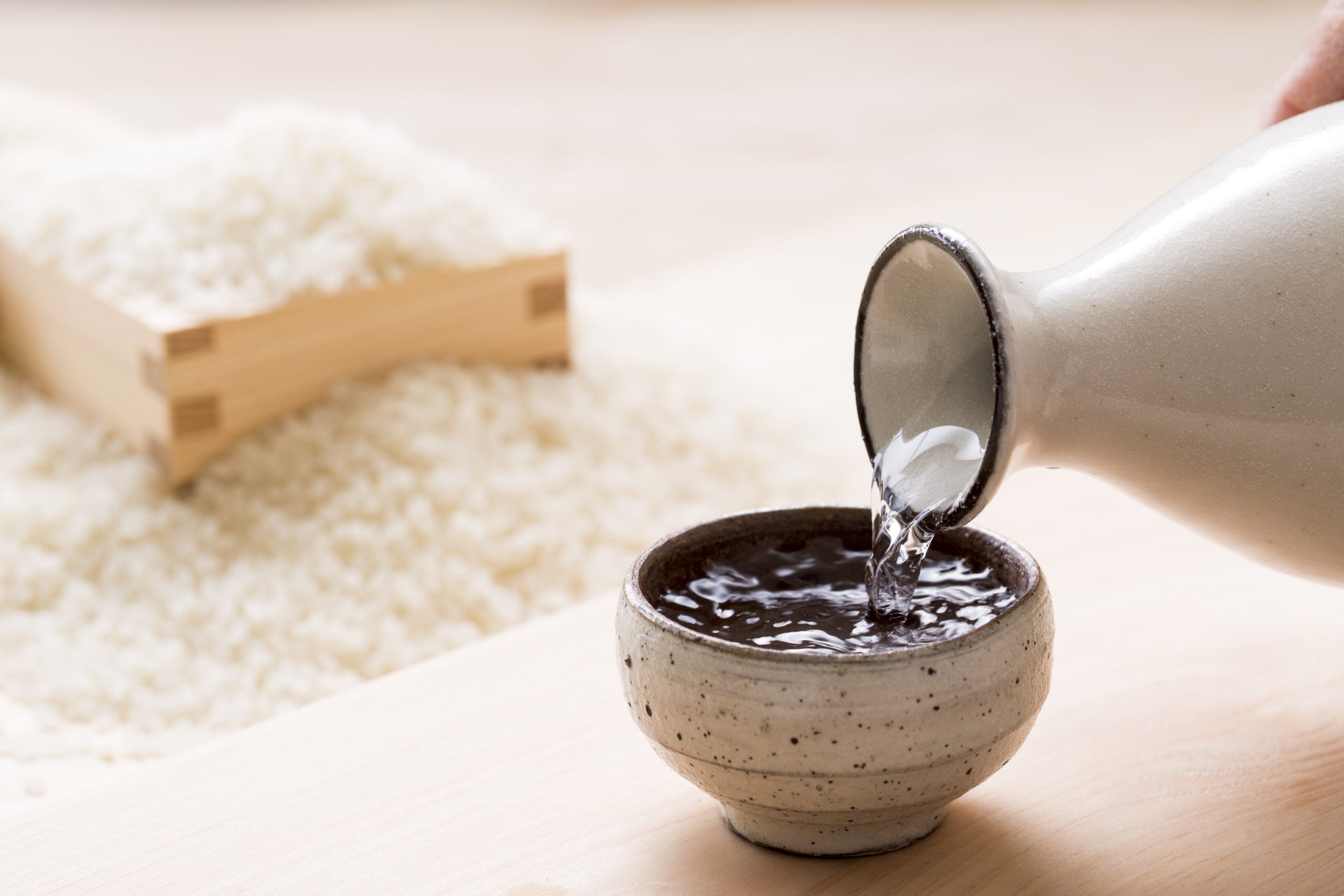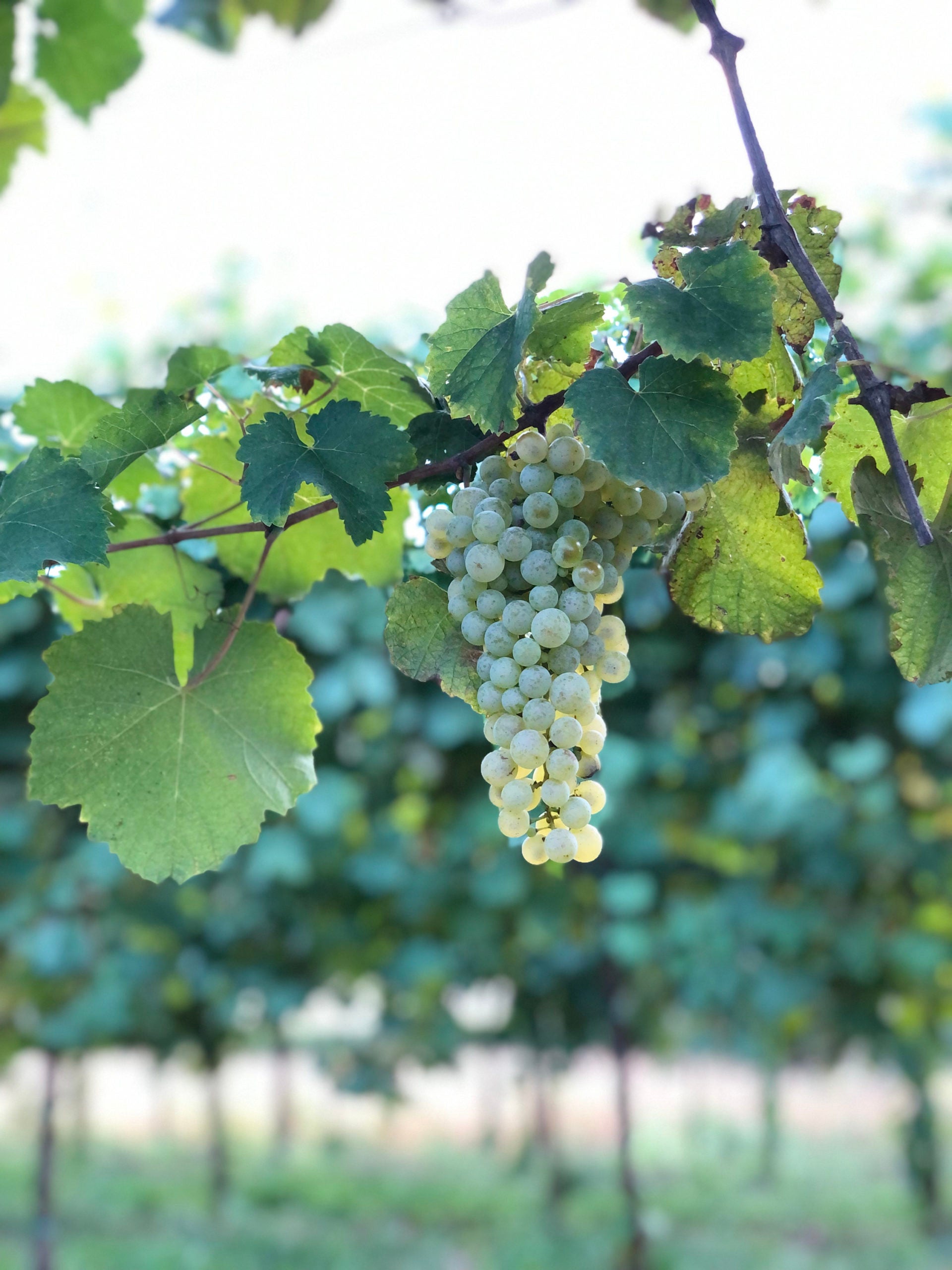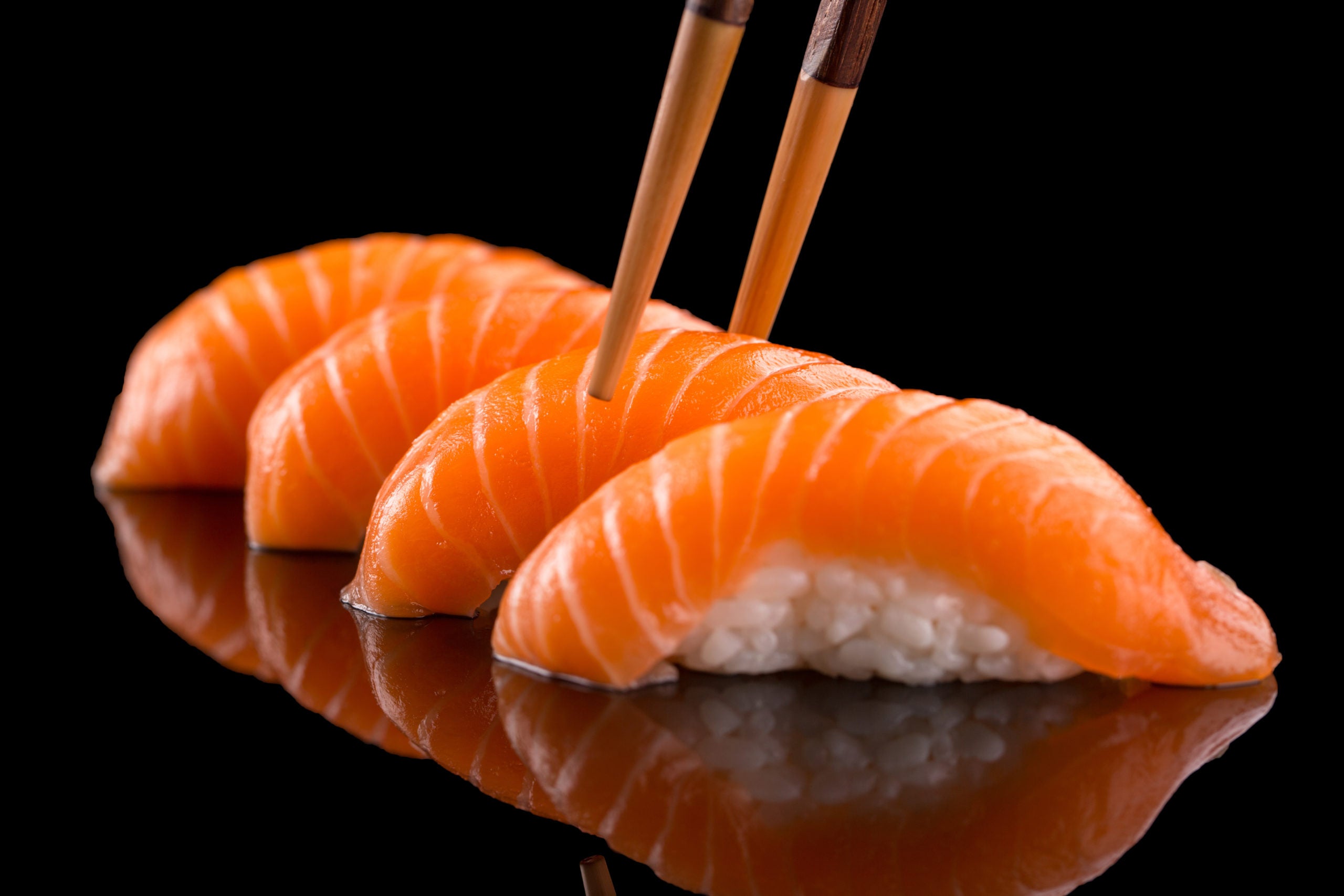
Sushi & Sake Series: Sake
We were fortunate to chat with our friend, Stacy Ingham, of Indah Sushi this week as part of our Sushi & Sake series! Stacy gave us an in-depth lesson on all things sake! Stacy and her business partner own which is located in Whitefish, Montana,and over the years have become sake experts. This is newer territory for the Wander + Ivy team and we had a blast learning from Stacy! You can watch the full IGTV here or right below!
Stacy’s Background
Indah Sushi started as a food truck in Whitefish, Montanaand eventually grew into a brick and mortar restaurant. Stacy and her business partner developed an interest in sake as a result of the restaurant and were trained in a Sake Professionals Course. The course entailed drinking 72 types of sake over 3 days, wowza! This began their knowledge of sake, and since then they’ve been studying and bringing in various types of sake to their restaurantand to the state of Montana as a whole.
How Sake is Made
Sake is made from rice, but not your typical table rice. It’sa grain called sake rice, and it’s a very tall plant that is not edible. It’s raised specifically to brew sake. The sake rice undergoes a double fermentation process, more similar to a beer brewing process than an alcohol distilling process.
Sake is gluten-free and very pure, in fact, people will say, “If you only drink sake, you’ll never have a hangover.”
Sake Grades
When you buy sake you’re paying for different grade levels. The more you pay, the more the sake has been milled, or more has gone into the making of the sake. The milling and additional work that goes into higher grade sakes contribute to an end product that is extremely pure.
The milling process during sake production is what determines the grade of sake. The process starts with the milling of the sake rice grain. The protein and sugarare on the outside of the rice grain and starch is in the middle. The more that you mill the grain the more the proteinsand the sugars go away and you geta pure starch product. This is referred to as the mill rate, and categorizes the sake into the various grade level.
There are 40%, 50% and 60% grade levels. The 40% grade level, Junmai Ginjo, refers to 40% of the grain being removed and so forth for 50%, Junmai Daiginjo,and 60% levels. Anything below the 40% grade is usually a house sake and not something Stacy recommends. Anything below 40% will typically be served warm to cover up some of the impurities. The higher-grade sakes are served chilled to bring out the delicate and beautiful flavors.
A Bit of History
The sake industry is gigantic, however, ofall the sake made in Japan, only 6% is exported and only 3% is sent to the US. The Japanese don’t have a desire to export or promote it quite as much. In fact, in Japan, sake is brewed at the family level. A wealthy family may have their own Toji, a sake brew master, who makes their personal supply of sake that can be shared with close friends and family. The Toji is typically male, and the knowledge is passed down from father to son.
In the US, people are brewing sake more and more. The American palate is quite a bit different than the Japanese palate. In American brewed sakes there are many more flavors thatare added to the processand alot more canning taking place. Stacy and her team have a goal of creating their own Montana sake in the future. They are located near Glacier Park and have a wonderful glacier-fed water source, perfect for sake, which is 80% water as is.
New to Sake, Where to Start?!
If you’re new to sake,a great place to start is with Honjozo, Jun Mai or Junmai Ginjo, these types of sake typically fall in the $30-$40 range. Jun Mai isa bit tighter in flavor where Junmai Ginjo can be a bit rounder.
To remember, think of Jun Maias “Audrey Hepburn”, pearls, more buttoned up, and think of Junmai Gunjo as “Marilyn Monroe”,alittle more loose and flowy. These types of sake go great with spicy foods and baked fish.
The highest grade of sake is called Daiginjo. It’s lightand fine and the price point ranges closer to $40-$60 a bottle. This type pairs best with delicate white fish and scallops.
Additionally, the type of yeast used in sake varies. Yeast number 7 and yeast number 9 are most commonly used. The flavoring of the two are the biggest differentiators, yeast 9 comes with banana on the nose and yeast 7 is more melon forward on the nose.
Another type of sake is Nigori. This is unfiltered sake, it’s cloudy,and in production, the leaves are left on, which are the rice particles. This changes the flavor of the sake and it ends up being a bit creamier.
Serving and Pairings
Sake is most commonly served in asmall ceramic cup. It’s been said that it’s unlucky to pour your very first cup of sake. Have someone at the table pour it for you ;). Traditionally, the smaller cups keep people more engaged in the present moment because they are having to pour as the conversation flows. You can also drink sake in a wine glass, the recommended pour is about 4ozto experience the full nose of the sake.
Other Fun Sake Things!
- Another great thing about sake is that you can open a bottle,and pop it in the fridge for around 60 days, it keeps really well!
- Sake is a greatafter dinner drink, it cleanses the palate for a refreshing night cap. Sake is more ofa body buzz, you get very relaxed, and it isa bit higher in alcohol content.
- “Kanpai” literally means “empty” the cup” and is synonymous with cheers!
We hope you found this as informative and we did. Use some of the recommendations above to make at home or restaurant sake purchases in the future! Kanpai!
Shop all of our single serve wines made with organic grapes on our online wine shop.


